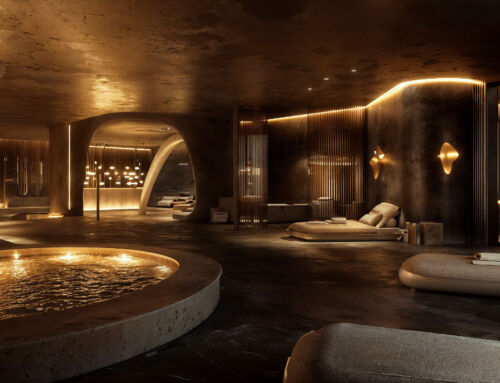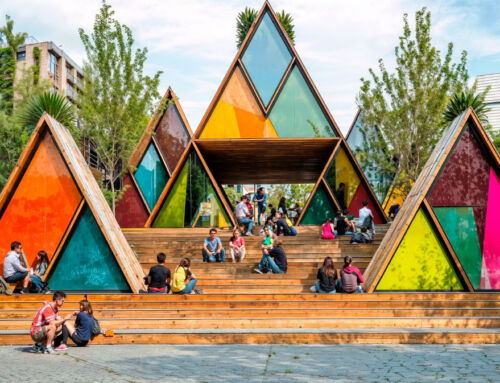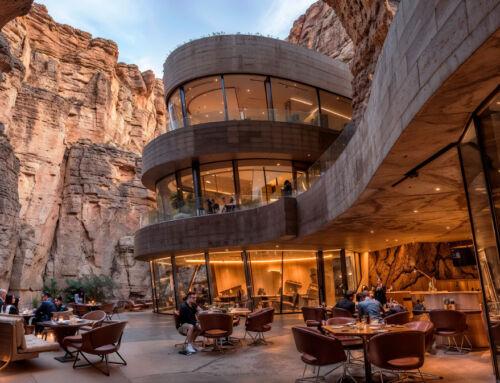Before the Industrial Revolution, some urban development and architecture in cities responded to a form of small-scale mixed-use. Citizens set up shops on the ground floor of their homes, workshops in their backyards, and allocated the upper floors to residential space. However, with the advent of machines and mass production lines, the organisation of cities was drastically transformed. The separation of living and working space also extended to commercial space, which was no longer associated with production centres. The mixed use of buildings no longer made sense, so that they were destined for a specific use that determined their architecture. In recent years, in a new twist, mixed-use urban developments have taken, and will undoubtedly take in the near future, increasing prominence, albeit on a large scale this time.
Advances in new technologies and communications have made it possible for a large part of the world’s workforce to work remotely. Beyond the global health crisis, this is just one of the factors behind this transformation of urbanism. At the same time, experts say that there has been a reduction in the use of transport in general, which, coupled with growing concern about climate change and the search for more efficient energy systems, serves to better understand the changes in citizens’ demands. Among these changes, for example, is the growing increase in online shopping.

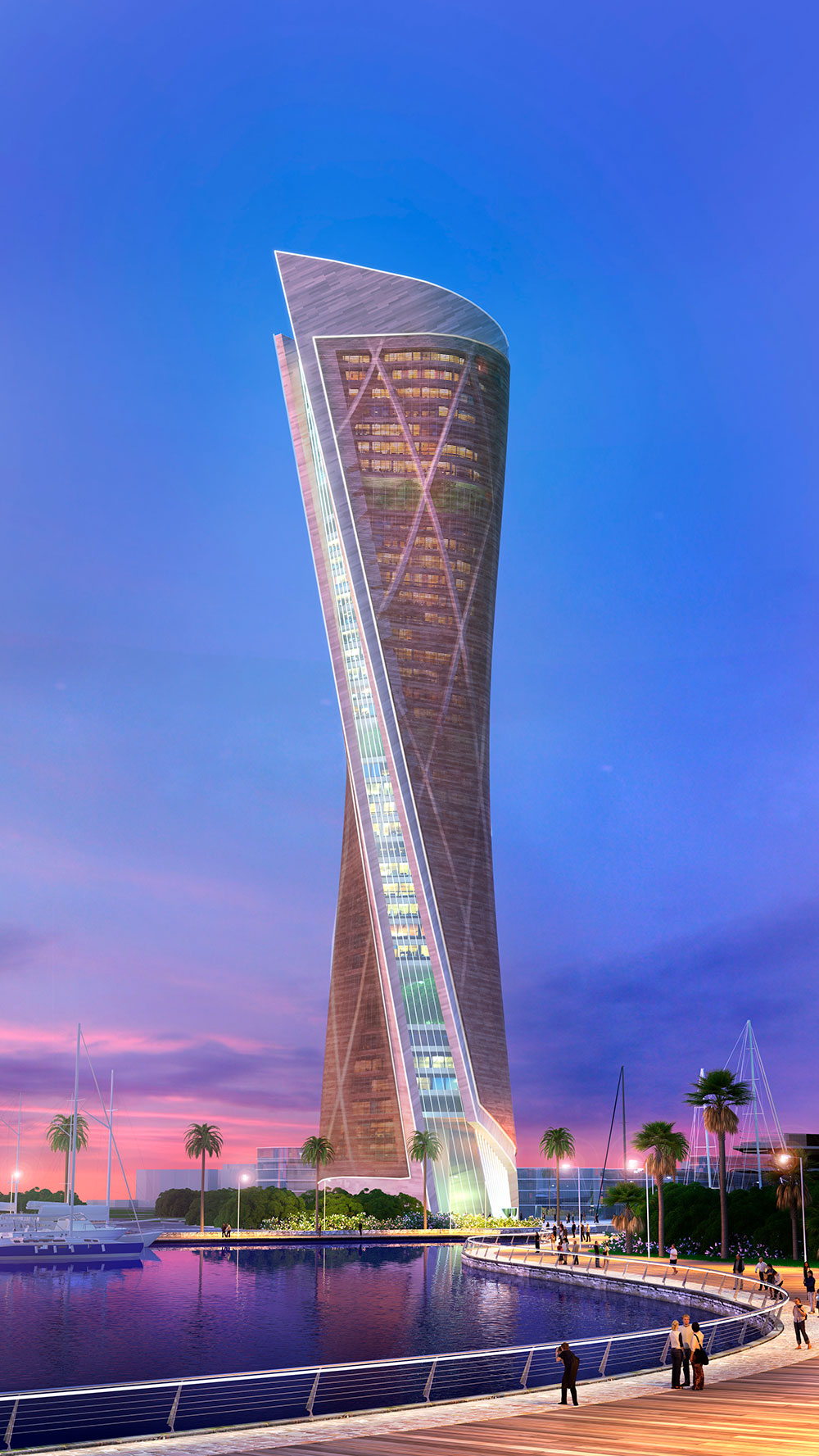
Faced with the new perspectives opened up by these social changes, mixed-use urban developments are becoming more widespread in cities, mainly in three ways: complexes whose main use is residential, shopping centres that extend their use to other non-commercial uses, and hotels and resorts that adapt to new demands by extending their offer to uses other than mere hospitality. In general, the process for developing mixed-use developments answers a key question: what is the primary use and what other uses can support it? By answering this question, the implementation in a building of other uses in addition to the main use makes it a resource open to greater demand, more dynamic and, therefore, with greater possibilities of profitability. In these mixed-use developments, the complementary assets reinforce each other and favour the flow of income in the different chapters.
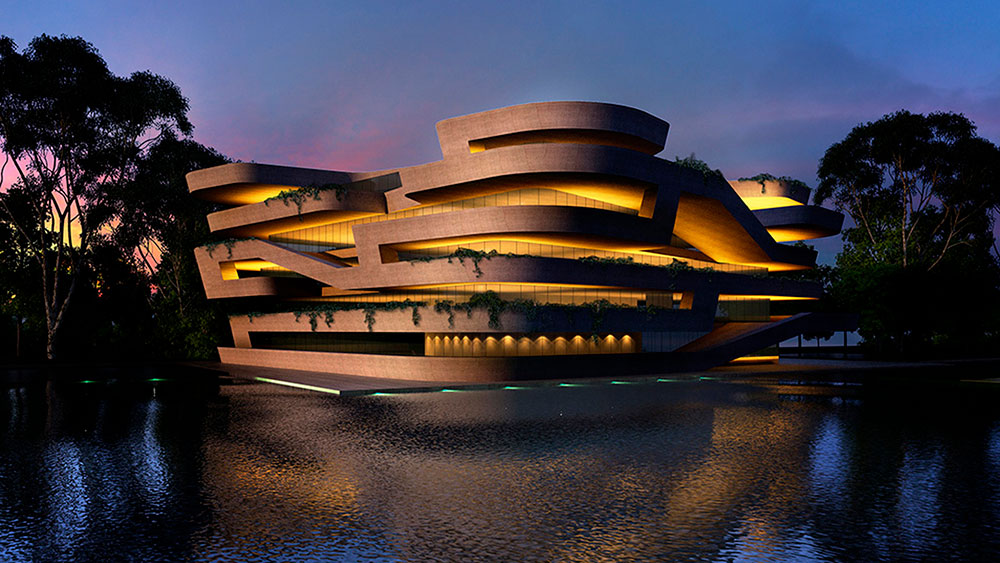
In short, it is common nowadays to see shopping centres adding residential areas, office space for rent and entertainment and leisure attractions to their facilities. Residential buildings, on the other hand, have retail space in their lower arcades, with other facilities for recreation, catering and leisure, and sometimes also for work and production. Finally, hotels and resorts are transformed into much more flexible spaces, becoming workplaces, meeting or conference spaces as well as living areas, serviced flats and long-term accommodation, with their own leisure and catering facilities of course.
Sources: Architizer, Marrons Planning, NS Business.
Images: Amusement Logic projects.



